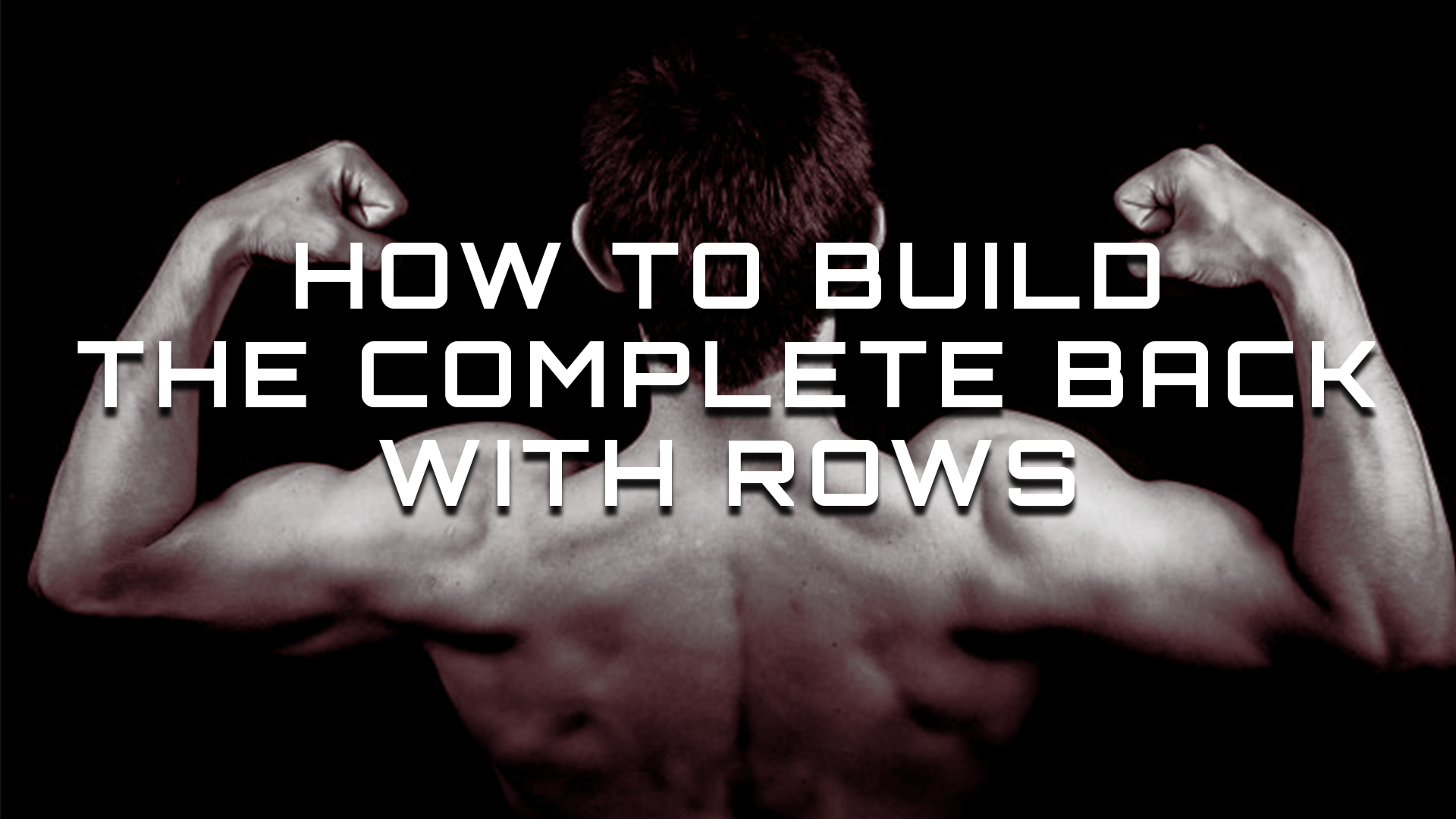
In a world where everybody is looking for the quickest gains in the shortest period of time it is prudent to; 1) assess the biomechanical effect certain exercises have on our muscles, 2) assess the biomechanical effect certain exercises have on our spine.
In kinder words, let’s see how exercises effect our gains and likelihood of overloading the spine. The three exercises we will examine are:
1) Inverted Bodyweight Row
2) Bent Over Barbell Row
3) One-Armed Cable Row Split Stance
Results
The inverted rows spare the spine by prompting more neutral spine angles, they also elicit higher muscle activation for the lats and upper back with relatively lower loads on the lumbar spine.
The bent over row challenged the flexion/extension capabilities of the spine far more than the other two exercises, and activation for the lats and upper back was like the inverted row and higher levels of activation was seen in the lumbar spine
The split stance 1 arm cable row produced high compressive forces on the spine because of the co-contraction of both sides of the trunk to maintain neutral spine and avoid twisting and wasn’t as good for back muscle activation than the former two.
Conclusion
Inverted rows elicit the best upper back and lat gains without loading the lumbar spine, however an imbalance of upper back and lumbar spine strength can exasperate lower back issues rather than strengthen the injured or weaker area. Therefore, a appropriate mix of both exercises within a workout program is the best option.
Reference:
Fenwick, C.M., Brown, S.H. and McGill, S.M., 2009. Comparison of different rowing exercises: trunk muscle activation and lumbar spine motion, load, and stiffness. The Journal of Strength & Conditioning Research, 23(5), pp.1408-1417.

Start Today!
Ready to transform your fitness journey? Take the first step towards achieving your goals with personal training!
My take on Health and Fitness



